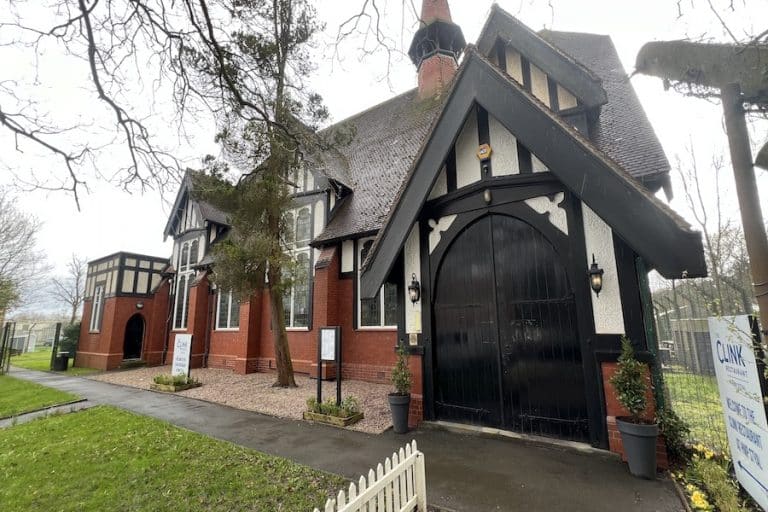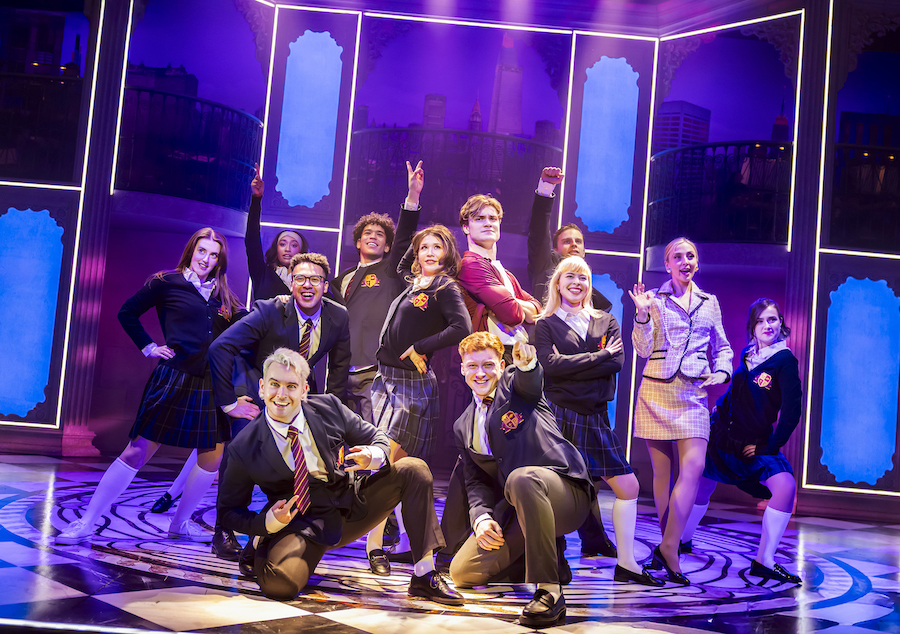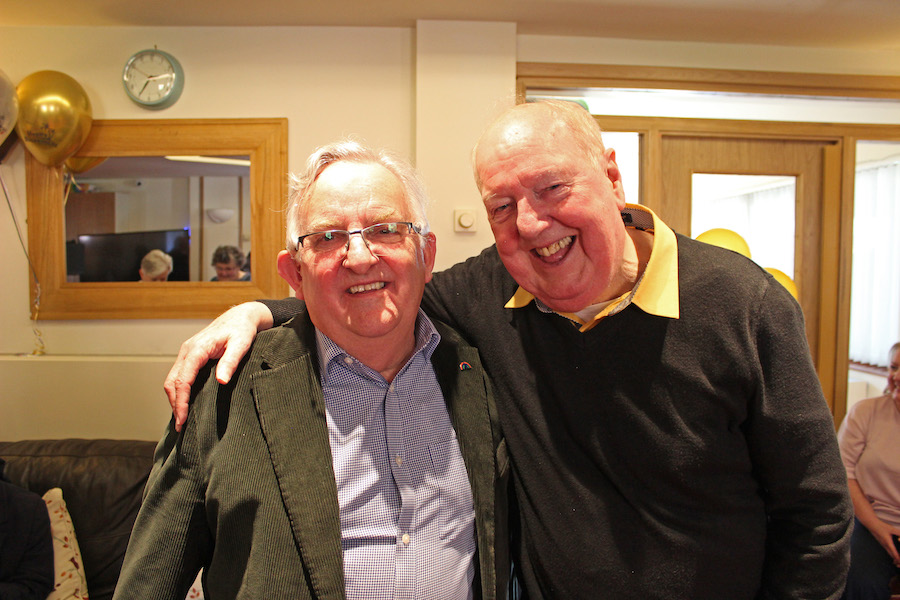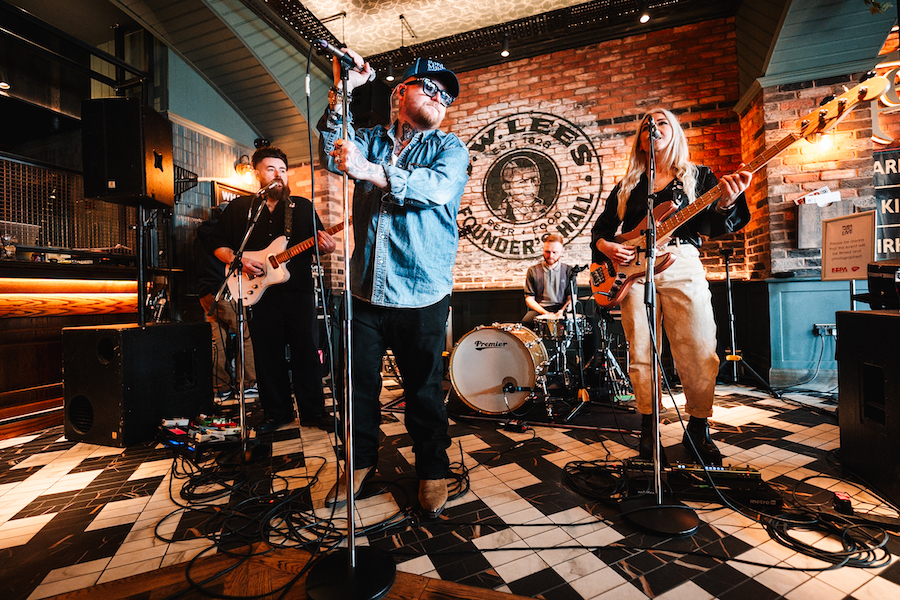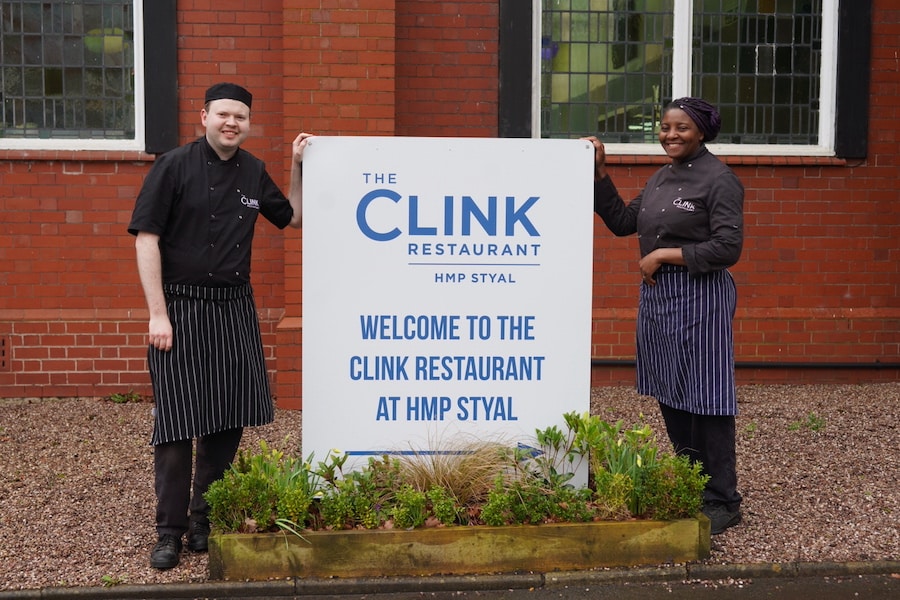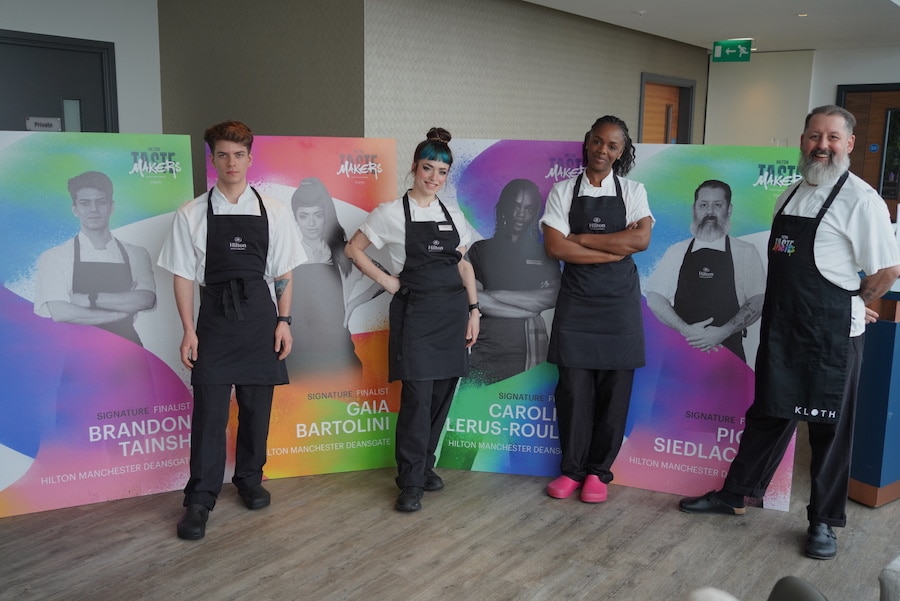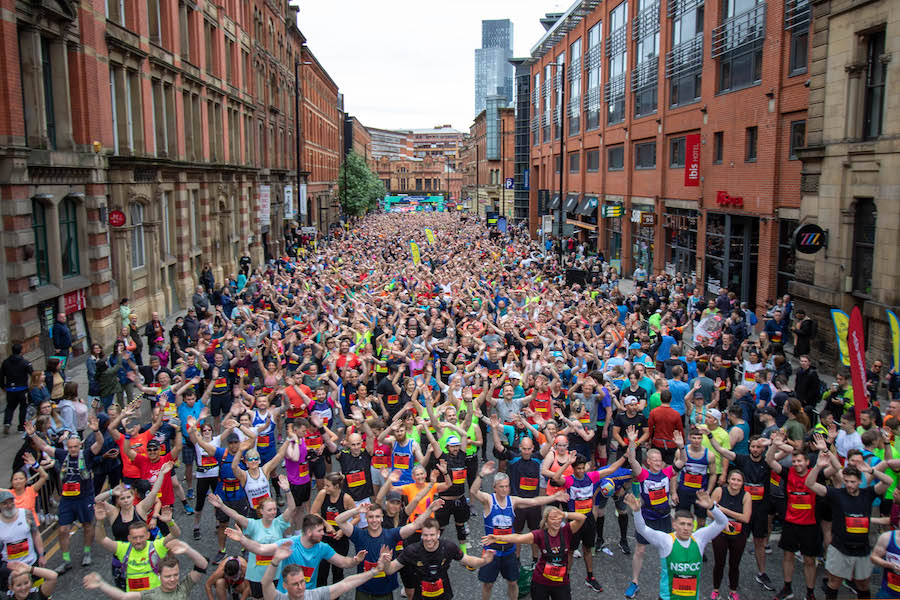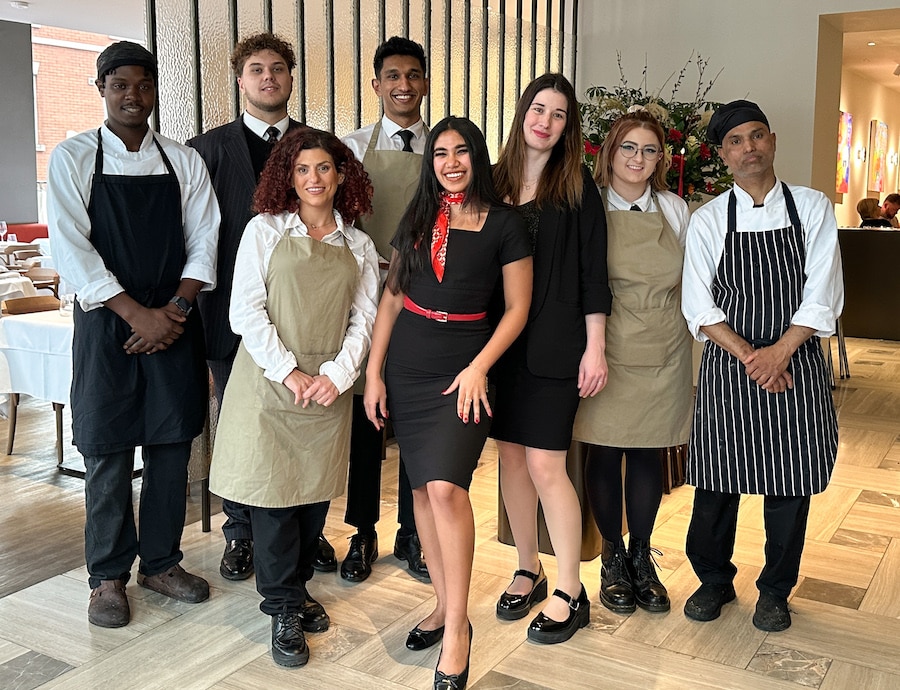Manchester and Salford is one metropolis – can you see the join?
- Written by I Love MCR
- Last updated 2 years ago
- City of Salford, Property & Planning, Sponsored
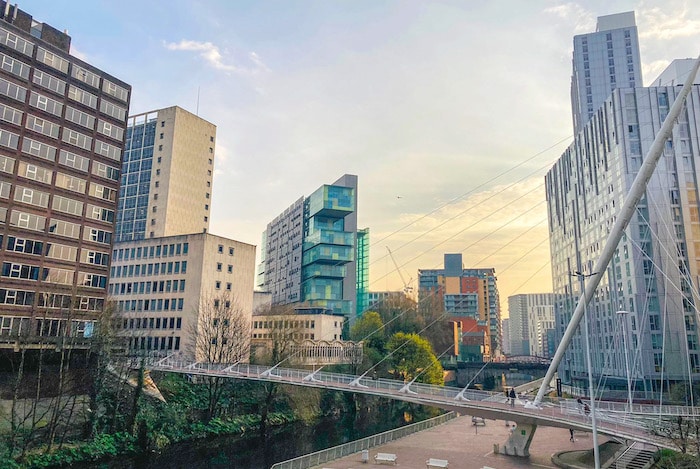
If every Manc has a chip on his or her shoulder, then your average Salfordian has a chip on both. One reflects an attitude to the rest of the world; the other relates specifically to Manchester.
Forthright Salfordians never cease to cherish their own identity, and why not? We were here first is their mantra, as all serious students of prehistory and the Middle Ages will stress.
There was human activity on the Salford side of the Irwell in the New Stone Age. And in 1230, Salford was granted a charter as a free borough. Before Manchester. So there.
But Manchester eventually emerged as a major manufacturing centre during the industrial revolution. The Manchester Ship Canal was its gateway to the world, but the docks and Salford fell into decline when manufacturing declined.
Today, Manchester city centre has started to absorb Salford as a broader part of city living.
A new £1bln neighbourhood spanning 25 acres, Middlewood Locks is strategically located between Salford and Manchester, offering the best of both: the exciting buzz of city life, balanced beautifully with the peace and tranquillity that come from living canal-side.
“City centre living is now even better,” says Ian, a resident of Get Living’s neighbourhood New Maker Yards at Middlewood Locks, which is within a 15-minute walk from Salford Central train station, the Oldfield Road bus stop and Spinningfields.
“New Maker Yards is set within the perfect area to live in, too. The new homes, with a Seven Brothers pub and other resident amenities handily onsite, are away from the noise and congestion of the city centre, but close enough and with enough transport links to get anywhere in Manchester within minutes.”
Both the City of Manchester and the City of Salford are now metropolitan boroughs of the same city region of Greater Manchester. Twin cities joined at the hip. But can you see the join?
The regeneration of Salford
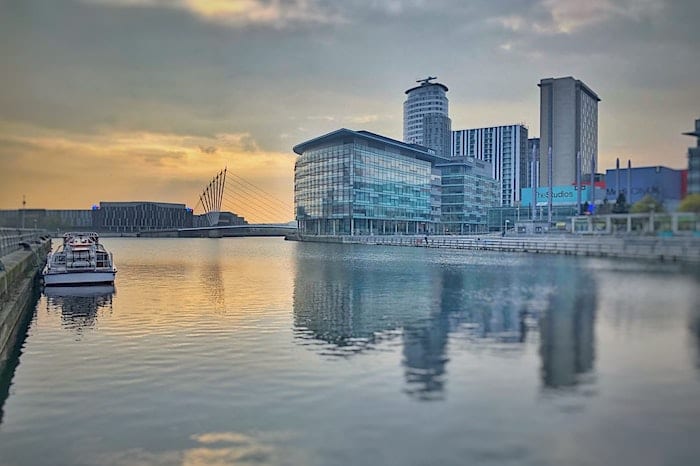
Salford has been overshadowed by Manchester for about a century, and received city status well over 50 years afterwards.
But in the last decade, the ‘dirty old town’ of Salford has shown Manchester the way in terms of regeneration, even if its bigger neighbour has won all the kudos for its post-IRA bomb rebirth. What Manchester probably doesn’t want to imagine is that if the IRA bomb had gone off ten years earlier, there might still be a big hole in the city centre.
Back in the early 1980s, Salford City Council struck a deal with a significant private sector house building firm to refurbish blocks of flats along Regent Road.
From Salford’s point of view, more spectacular was its reaction following the 1982 closure of the Port of Manchester – or Salford Docks, as it was known locally.
In what turned out to be a visionary success, Salford council acquired 220 acres of docklands from the Manchester Ship Canal Company – effectively the bits that Peel didn’t want – using a derelict land grant, and rebranded the area as Salford Quays. By 1985 the redevelopment of the waterfront in conjunction with the private sector was well underway.
When did Manchester’s property boom start?
Meanwhile, on the other side of the Irwell, Manchester’s political leaders were more interested in forging alliances with like-minded councils and the National Union of Mineworkers with a view to bringing down Margaret Thatcher’s government than selling the family silver to private interests, no matter how run down council-owned property was or how little money there was in the town hall kitty to do anything about it.
Sir David Tripper, junior trade and industry minister in 1985, said that Manchester – led at the time by the unreconstructed leader of Manchester City Council Graham Stringer – was constantly moaning that Salford was the recipient of government grants while Manchester got nothing.
In fact, it wasn’t until the end of the 1980s that Manchester began punching its weight, thanks to Stringer’s dramatic political U-turn, after which the city sought private sector partnerships with the passion of the recent convert.
Is Salford part of Manchester?
From that time on, with the nous of Sir Howard Bernstein and the new-found pragmatic leadership of first Stringer and later Sir Richard Leese, Manchester has eclipsed its neighbour. As a result, the Manchester “brand” has proved more attractive to investors. Since then, you can’t look left or right without seeing a crane in the city centre.
But the Manchester-Salford divide certainly didn’t exist in the mind of former Manchester City Council leader, Sir Richard Lease – at least in economic terms. When asked if it was a blow to Manchester when the BBC relocated to MediaCity in Salford, he insisted it made no difference. Manchester, Salford and all the rest of the boroughs in the city region were part of the same entity, with the same goals.
Proof of this sense of unity and global appeal is when Manchester gave birth to the iconic city brand I Love MCR, conceived by civic pride following disturbances in both cities. The brand continues to champion community spirit and boost the economy across Greater Manchester.
“Not so long ago, I moved from Salford to Manchester,” says local Stephen. “The only difference I’ve noticed is the day on which my rubbish is collected and the colour of the recycling bins.”
Salford and Manchester are twin cities which merged physically and culturally years ago to become one metropolis, but which will remain forever separate – and not just by their councils. “One of the most curious anomalies of England,” as the historian Sir Nikolaus Pevsner put it.
Where is the actual line between Manchester and Salford?
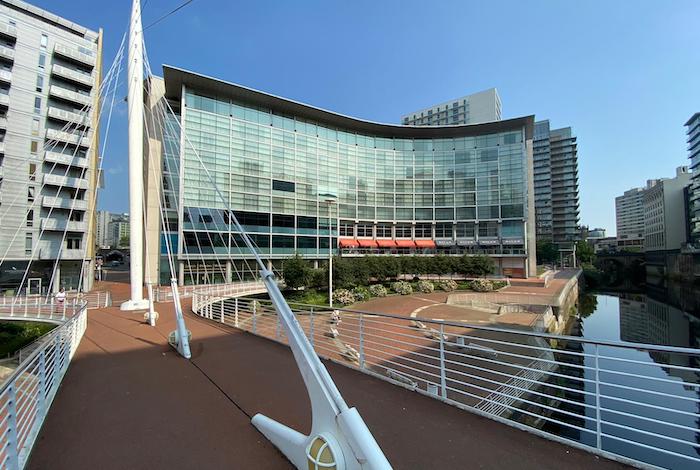
Take away the signs which tell you that you are now in Salford or Manchester (or IN Salford to be more precise) and you’d be hard put to tell them apart. This is hardly surprising. They are twin cities built on manufacturing industry, cotton and engineering.
The redevelopment of Chapel Street, New Bailey and Greengate is turning the twin cities into one seamless metropolis. The first five star hotel in Greater Manchester, The Lowry Hotel, is on the Salford side of the river and the line is in the middle of the bridge which connects the hotel to the City of Manchester.
Why you should move to Salford
Today, with Covid effects aside, Manchester has a thriving service-based economy while Salford has been regenerated and rebranded as a hub for both business and leisure, including media companies in MediaCityUK; new office buildings such as the Digital World Centre; arts and culture at The Lowry; and waterfront homes and leisure amenities.
What’s more, the Metrolink tram line connects Salford Quays to Manchester city centre and beyond.
Modern-day Salford is probably most proud of the BBC. When the BBC closed the Television Centre in West London, it moved its studios from the capital to MediaCityUK.
Salford is now too definitely on the up and the join between the two cities is becoming even harder to detect. Just take a walk down Chapel Street…
Is living in Salford part of Manchester city centre?
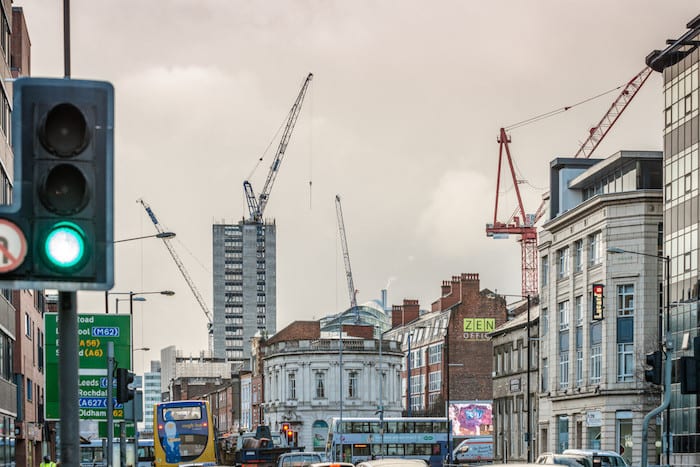
Manchester and Salford are twin cities sharing the same city centre: Manchester city centre.
Manchester city centre is always expanding, and in all ways. You’d be forgiven for describing a place on Chapel Street in Salford as in Manchester city centre, just as you would describe a place in Ancoats as in Manchester city centre.
The luxury shopping at The Royal Exchange Manchester and eating and drinking in the glitzy bars and restaurants of Spinningfields are just as handy – if not handier – for the residents of the shiny new apartments just off Chapel Street, Salford, as they are for city centre dwellers who actually live in Manchester.
Middlewood Locks is a growing neighbourhood by the canal basin on the old Salford-Manchester border, offering the best of city living.
“City centre living is now even better,” says resident Ian.
“Middlewood Locks is officially in Salford, but you’re a stone’s throw away from Manchester city centre, meaning you get the best of both cities.”
So there you have it. Manchester and Salford may have their own unique story, but they share the same unique sense of civic pride and resilience.
In any case, the people of Greater Manchester are cut from the same cloth (cotton) and the common thread we have is love.
- This article was last updated 2 years ago.
- It was first published on 25 March 2022 and is subject to be updated from time to time. Please refresh or return to see the latest version.
Did we miss something? Let us know: press@ilovemanchester.com
Want to be the first to receive all the latest news stories, what’s on and events from the heart of Manchester? Sign up here.
Manchester is a successful city, but many people suffer. I Love Manchester helps raise awareness and funds to help improve the lives and prospects of people across Greater Manchester – and we can’t do it without your help. So please support us with what you can so we can continue to spread the love. Thank you in advance!
An email you’ll love. Subscribe to our newsletter to get the latest news stories delivered direct to your inbox.
Got a story worth sharing?
What’s the story? We are all ears when it comes to positive news and inspiring stories. You can send story ideas to press@ilovemanchester.com
While we can’t guarantee to publish everything, we will always consider any enquiry or idea that promotes:
- Independent new openings
- Human interest
- Not-for-profit organisations
- Community Interest Companies (CiCs) and projects
- Charities and charitable initiatives
- Affordability and offers saving people over 20%
For anything else, don’t hesitate to get in touch with us about advertorials (from £350+VAT) and advertising opportunities: advertise@ilovemanchester.com

Head down the rabbit hole for Adventures in Wonderland with Z-arts
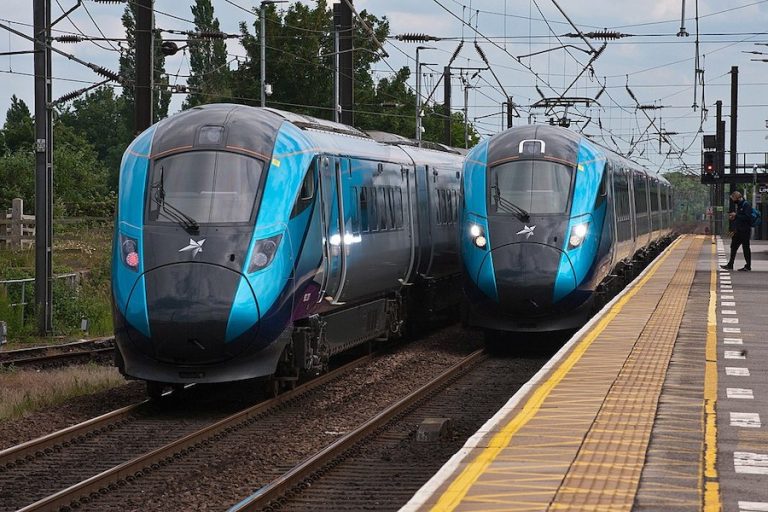
Major rail investment set to transform Manchester-Leeds commutes
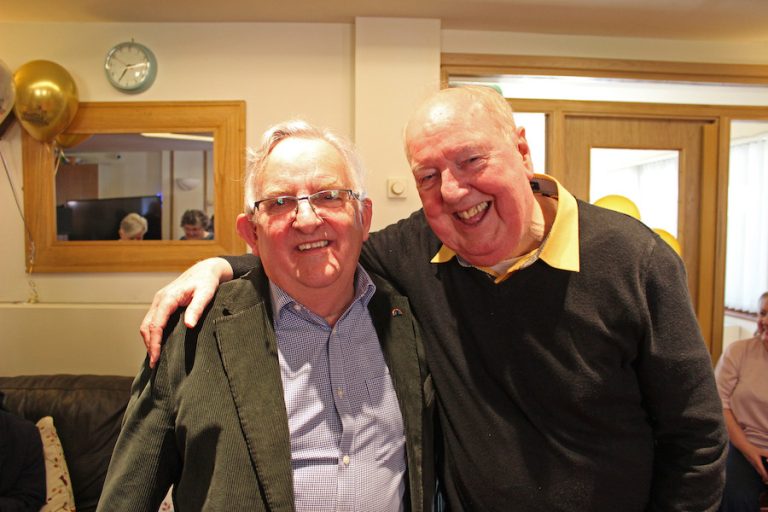
“His presence will be deeply missed” Children’s hospice bids farewell to their visionary CEO

Has Gordon Ramsay created Manchester’s ultimate bottomless brunch?

The Clink celebrates ten years of empowerment and second chances
